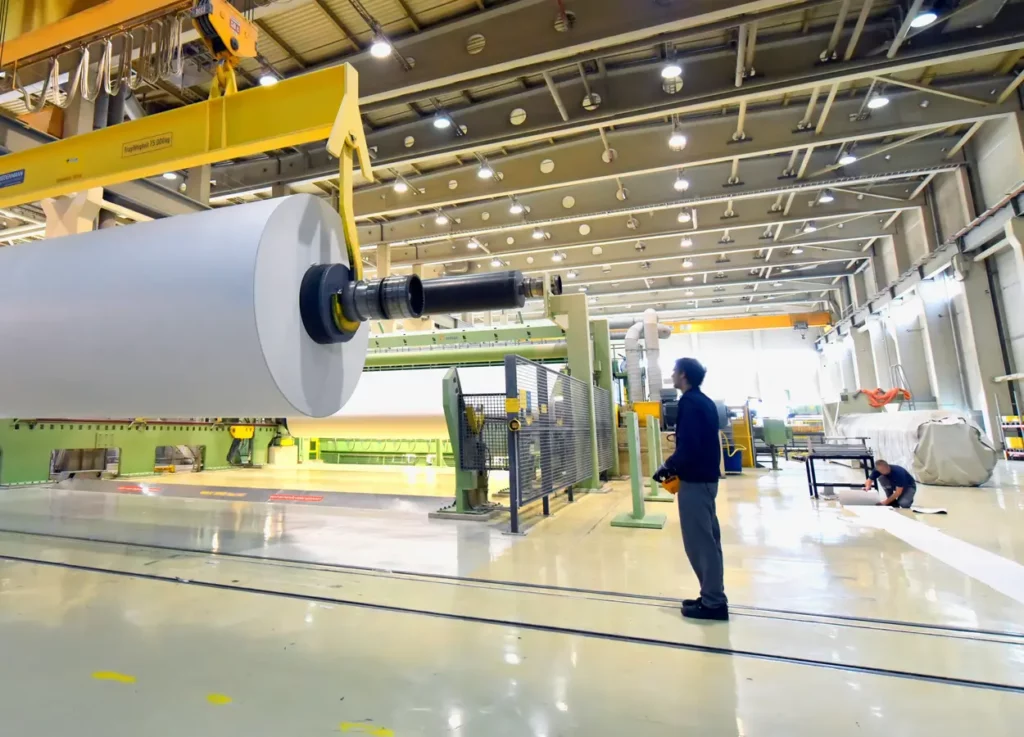In the manufacturing industry, Line of Fire (LOF) refers to job tasks or work environments that put workers in harm’s way. Line of Fire incidents occur when the path of a moving object or the release of a hazardous substance intersects with the worker’s body. They can occur in nearly any workplace, but most often happen in manufacturing, in the following areas:
Machinery
Heavy equipment
Hand and power tools
Mobile equipment
Unsafe behaviors
Assembly

Line of Fire hazards are one of the deadliest in manufacturing, second only to slip and fall accidents. Global incident statistics report approximately 27% of workplace deaths are directly related to LOF accidents. The three major categories of LOF incidents are caught-in or between, struck-by, and released energy incidents. Examples include:
- Caught-in or between – a manufacturing team member standing between a wall and a loaded pallet. A forklift driver brings another pallet to the same aisle and places it directly in front of the pallet on the floor and pushes both pallets closer to the wall pinning the team member between the pallet and the wall.
- Struck-by – a team member struck by a moving powered industrial truck or an object falling from a higher level, striking a worker below.
- Released energy – An object or tool under pressure that is being removed or a projectile shooting out of malfunctioning equipment.
The key to reducing both on and off-the-job injuries is learning how to recognize and avoid LOF hazards. The best approach to avoid LOF is to eliminate the hazards because by completely removing the hazards, there is no possibility of injury. When elimination is not possible, engineering controls are the next best option in protecting against injury. Examples include physical barriers and guarding around moving parts. Sometimes neither of these is feasible, therefore, it is critical for team members to understand what is happening around them and recognize the associated hazards.
Follow these simple steps to steer clear of Line of Fire accidents in your workplace:
- Stand down before starting work
- Take note and understand the hazards in the area or of performing this task
- Assess the Risk of being in the line of fire
- Ask yourself
- Where can my body be positioned in relation to the hazard?
- What is the worst-case scenario of my task?
- How can I protect myself from the hazard?
- Review hazards with others
- Take actions to eliminate the risk of being in the line of fire
- Organize the work area to provide unobstructed and easy access to equipment.
- Use signs to warn of known Line of Fire.
- Keep pathways clear.
- Eliminate possible pinch points on guarding.
- Use the correct tool for the job.
At PaperWorks, we remain safe from Line of Fire by being proactive and assessing the work area each day before beginning work. Any hazards we find are addressed immediately and controlled. We work as a team, always being cognizant of our surroundings to mitigate hazards before incidents occur. By assessing work areas, determining LOF hazards, eliminating the hazards where possible, and developing safe work practices, we can keep ourselves and other team members safe.





